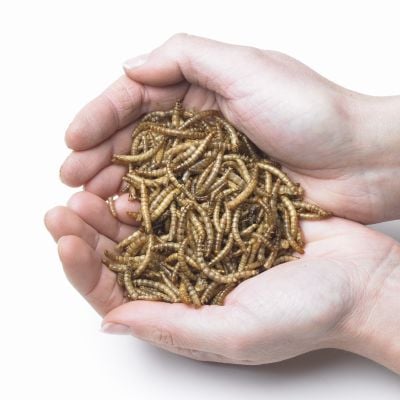House Sparrow Factfile
The male House Sparrow has a black bib with grey cheeks, crown and rump. The female is more uniformly brown with a paler front. Juveniles resemble the female. The House Sparrow has a persistent chirping call, particularly when the male is calling to attract a mate. There is probably no other bird that has evolved to exploit mankind on a near global scale in the way the House Sparrow has. Despite this success over many millennia though, the species has suffered massive declines in its population in the UK since the 1970s.
Video footage of House Sparrows
House Sparrow nesting and breeding habits
The nest is a somewhat untidy structure which can consist of a wide variety of materials and depending on what is available – e.g. plant stems, grasses, straw, paper, string and other discarded rubbish. The soft lining will also be made of what’s available, and include materials such as hair, wool and feathers. Between three to five eggs are normally laid, with both the male and female birds doing the incubation (though more so the female). The young hatch at between eleven and fourteen days, but each on successive days because the female will have laid one egg per day on successive days. Two to three clutches are normal, though occasionally – and if sufficient food is available – a fourth clutch will be attempted. Both male and female birds feed the young. Breeding usually takes place in loose colonies.
House Sparrow history and population trends
Although still very common and numerous, the House Sparrow has suffered considerable declines in its UK population, with one estimate putting the figure for decline at 71% from 1977 up to 2008. There are believed to be a number of reasons for this decline, with a reduction in invertebrate food during the breeding season and fewer suitable nesting sites both being key. However and thankfully, this trend doesn’t apply to all of the UK, with the worst affected area being SE England, but with increases in numbers in west Wales, NW England, Northern Ireland and some parts of Scotland.
Behaviour traits of House Sparrows
House Sparrows are highly gregarious and sociable, and to the point that the male bird will only really defend the entrance to its nest site and a tiny area around it – albeit it will do so vigorously. This level of tolerance, providing another House Sparrow doesn’t break the territorial area immediately around the entrance to the nest, can be observed by putting up special House Sparrow nest boxes where three holes and nesting chambers are side-by-side. If all three nest sites are taken, the three pairs will live in harmony until the point that one of the birds gets too close to an adjoining entrance hole.
House Sparrow diet and food
The House Sparrow’s diet is highly varied and this has unquestionably been a factor in its global spread as a species. It will eat meat and vegetable scraps discarded as waste (though such food is not recommended for intentional feeding in gardens), seeds, grain, buds and a wide variety of insects and other invertebrates. When feeding young, insects and other invertebrates become the main food source and the increasing lack of such food (due to intensive farming, sterile cityscapes and tidy gardens) has played a major part in the decline of the species in some parts of the UK – notably the SE of England. For this reason, providing live mealworms in the breeding season for the adults to feed to their young can make a huge difference to breeding success. Outside of the breeding season, House Sparrows will happily feed on almost any bird food put out for them.
What should I feed House Sparrows?
House sparrows will eat most types of food put out in gardens, and certainly aren’t fussy eaters. However, it’s important to note that during the breeding season their natural diet partly switches from seeds to invertebrates, and this so they can give such food (e.g. insects) to their young. Therefore the following foods will help attract House sparrows to your garden, with live mealworms recommended (as well as the other foods) during April, May and June.
Bird Food
Frequently Asked Questions
What is the difference between a Tree sparrow and a House sparrow?
House sparrows are slightly larger than Tree sparrows, though the simplest way to tell them apart is that male and female Tree sparrows have a black patch on their facial cheeks and House sparrows don’t.
Where do House sparrows nest?
House sparrows nest in a variety of places, though favour holes and crevices in walls and other man-made structures, plus nest boxes. They’ll also nest in hedges and in climbers on walls and fences etc. In all cases and as a gregarious species, House sparrows like to nest in small colonies.
Are sparrows protected in the UK?
Sparrows – and indeed all wild birds – are protected in the UK under the Wildlife and Countryside Act 1981.
Do House sparrows nest in the same place each year?
House sparrows tend to stay local to where they were born, and once a colony is established it will continue to be used. Individual House sparrows may use the same nest site in successive years, as they may also use the same nest for roosting in the winter months.
Where do sparrows go overnight?
House sparrows typically use the nest they breed in for roosting overnight and including outside of the breeding season.











